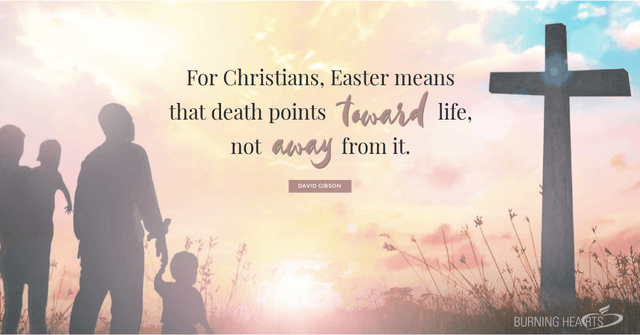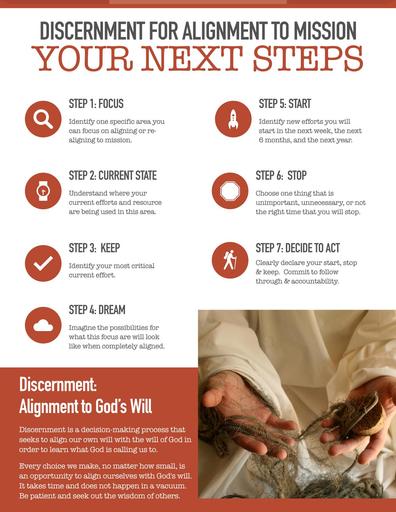The household’s older children erupted into endless shrieks of delight when the phone call came from the hospital announcing the birth of their baby sister and our newest grandchild. Two of the children, overwhelmed by excitement, raced out the door to tell the good news to their neighbors.
New babies are such wonders. Like magnets, they attract neighbors and relatives, family friends and many others, who soon arrive to visit. What everyone wants most is to see the new baby.
I always am amazed at the amount of time people, myself included, can spend simply watching a baby’s every twist and turn. Here, after all, is youth in a pure form. A long, winding journey awaits the child, but this present, newborn moment usually is one of immense hope and happiness.
Allow me now to fast-forward eight or nine decades to the scene of an 85th or 95th birthday party for someone born in 2014. The party may be loads of fun and represent a genuine celebration of a life. But will it erupt with delight at the great promise in this person’s life then and there? Maybe not.
To the extent possible, society seemingly suggests, old age should be delayed in favor of youthfulness. Even when an older person’s experience, insights and love are valued greatly, old age itself may be feared. So a sense may lurk in the background at our birthday celebration that the time of death is drawing disturbingly close.
Don’t most of us find it hard to feel happy about death? Isn’t death a dismal outcome for life?
As common wisdom somewhat bleakly puts it, life leads over the long haul only to death.
And that brings us to Good Friday and Easter, when Christianity stands common wisdom on its head.
According to Easter’s wisdom, death leads to life. That is what the days surrounding Easter are about – how Jesus’ crucifixion, in its apparent finality, gave way to life. For Christians, Easter means that death points toward life, not away from it.
Death can make life-givers of us at any age. I think often of the grieving wife or husband who, despite suffering greatly in the days after a spouse’s death, rises to the moment, becoming a necessary, life-giving source of support for their children, relatives and friends.
Jesus’ followers are not at all glib about death, however. Those close to Jesus found his death profoundly painful, just as we suffer over a death. Mary Magdalene “stayed outside the tomb [of Jesus] weeping” (Jn 20:11). The disciples walking toward Emmaus looked “downcast” (Lk 24:17), thinking that when Jesus died their greatest hopes died too. They came to see things differently.
Redemptorist Father Anthony J. Kelly, an Australian theologian, thinks Jesus’ life, death and resurrection are something like a parable because they prompt people to think so differently than before.
People today might say that parables challenge us to think outside the box. The parable of the good Samaritan challenged people accustomed to thinking ill of Samaritans to reassess that derogatory viewpoint. Jesus’ parables made people “see their ordinary world upside down -- how things looked in the sight of God,” Father Kelly wrote in God Is Love: The Heart of Christian Faith.
Behind all of Jesus’ parables “was the supreme parable of his life, death and resurrection. In him, the world has been made new, and life is filled with unimaginable promise.” With Jesus’ life, death and resurrection, “the world is being renewed in its youth."
Jesus stands at the center of the events surrounding Easter. But from their earliest days, Christians knew Easter was about them, too, about how Jesus’ death gives rise to a new pattern of living on their part. The waters of baptism made this clear.
Perhaps familiar with the biblical story of the great flood, the early Christians understood that turbulent waters can lay waste to things as they were. The natural disasters of our times (tsunamis, hurricanes, etc.) reacquaint us with this important reality.
But the early Christians knew that water is not characterized solely by its power to spell the death of old ways. It gives rise to the new. Welcome rains bring plants back to life, and human life cannot survive or grow without water. Thus baptism, principally celebrated at Easter among early Christians, joined them to the dynamic realities both of Christ’s dying and rising. In baptismal water, Christians at every point in time believe they die to the old and rise to a new way of living meant to fill the world with “promise” and renew “its youth,” to borrow Father Kelly’s words.
In The Joy of the Gospel, Pope Francis described the pattern of life set by Jesus’ death and resurrection.
“However dark things are, goodness always re-emerges and spreads,” he wrote. “Christ’s resurrection is not an event of the past,” said Pope Francis. Rather, “where all seems dead, signs of the resurrection suddenly spring up. It is an irresistible force.”
Gibson served on Catholic News Service’s editorial staff for 37 years. This article was originally published on Catholic News Service’s Faith Alive! Copyright © 2014, Catholic News Service–United States Conference of Catholic Bishops, Washington, DC. All rights reserved. Used with permission.


